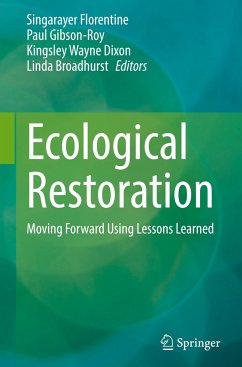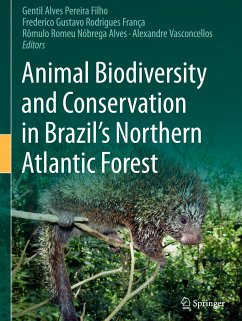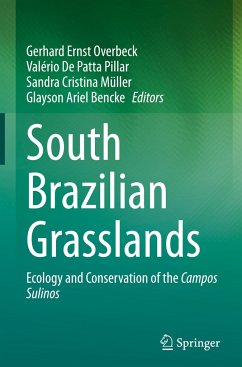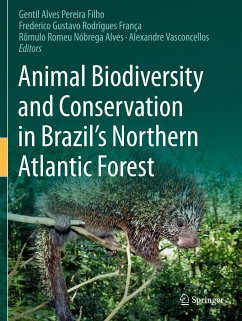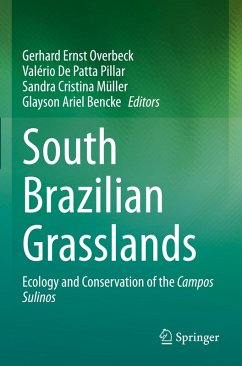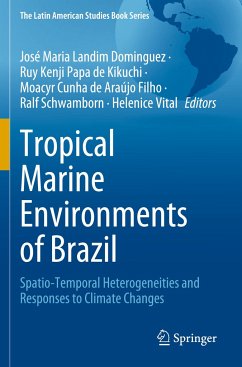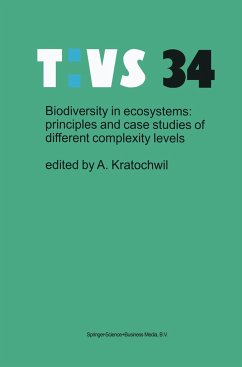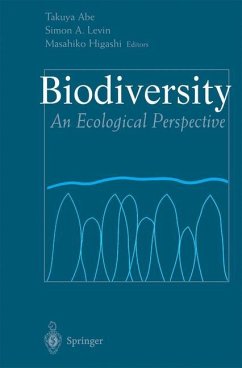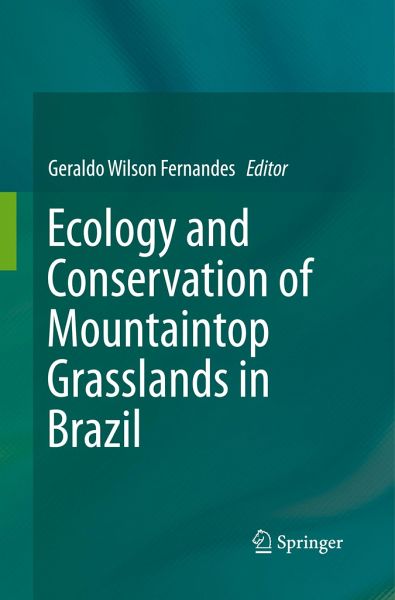
Ecology and Conservation of Mountaintop grasslands in Brazil
Versandkostenfrei!
Versandfertig in 6-10 Tagen
151,99 €
inkl. MwSt.

PAYBACK Punkte
76 °P sammeln!
This book is a pioneer attempt to bring forward the first synthesis on the most diverse and threatened mountain top vegetation of South America, the rupestrian grasslands. It brings to light the state of the art information on this ecosystem geology, soil formation and distribution, environmental filters that lead to biodiversity, species interactions and their fine tuned adaptations to survive the harsh mountain environment. The human dimensions of the rupestrian grassland are also addressed, including the anthropogenic threats that may irreversibly impact biodiversity and ecosystem services....
This book is a pioneer attempt to bring forward the first synthesis on the most diverse and threatened mountain top vegetation of South America, the rupestrian grasslands. It brings to light the state of the art information on this ecosystem geology, soil formation and distribution, environmental filters that lead to biodiversity, species interactions and their fine tuned adaptations to survive the harsh mountain environment. The human dimensions of the rupestrian grassland are also addressed, including the anthropogenic threats that may irreversibly impact biodiversity and ecosystem services. The book also highlights the ongoing studies on ecological restoration and first attempt to model the impacts of climate change on its speciose biota.



